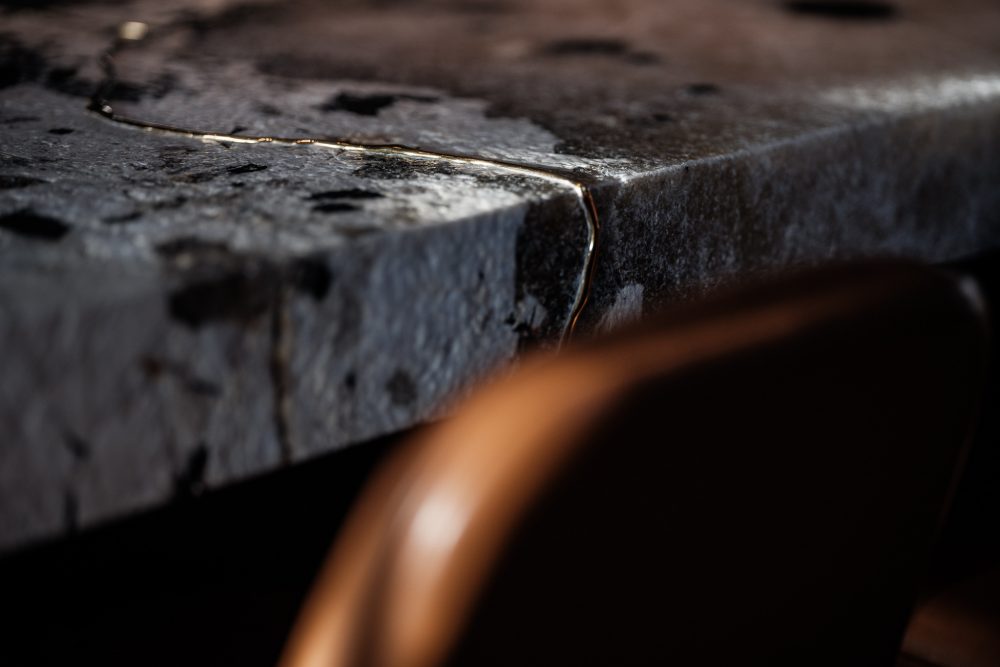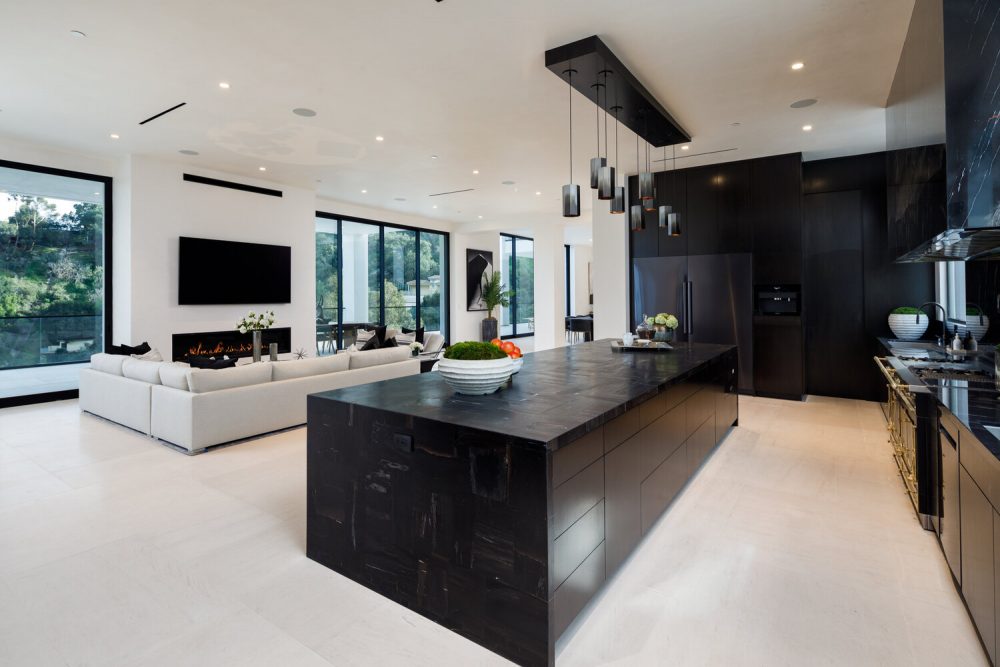Until recently, working exterior and interior marble substrates and slabs meant using exclusively old methodologies and techniques. Among the main ones we can mention polishing, bush-hammering, acid-etching, and sandblasting. These represent the classic techniques that are usually used to etch, mark and discolor marble. But in recent years, laser has overwhelmingly emerged as a refined marble engraving technique, mainly because of its countless benefits and advantages.
Today laser engraving is highly recommended for working with marble and engraving drawings, lettering and even photographs on it. It represents an especially suitable technique for engraving light and dark marbles. One can create decorative and home décor elements, create design objects and art objects, as well as customize tiles.
So let’s see how this type of processing works and what are all the benefits related to it.
How laser processing of marble works: tips and process
The laser processing of marble tends to whiten the color of its surface in order to reveal the white stone underneath. In this case, the marble is placed on the engraving table, causing the laser engraver to converge on the stone. For excellent results, 2-inch lenses are used for engraving.
Before moving the marble off the table, it is also possible to examine the resulting image to see if it turns out to be sharp enough, possibly fine-tuning it for subsequent iterations. In any case, excessive strength should be avoided, as it contributes to a faded effect.
Usually the source used for engraving is the CO2 laser, which is ideal for creating very sharp and fine lettering and engraving, with resolution up to 1200 dpi. Laser engraving is able to penetrate marble a few millimeters, to make any decoration more vivid. In addition, the grooves created can also be filled with gold inks.
Once the work is finished, any residual dust should be removed with a soft cloth.
How to: laser processing of marble
Marble laser engraving technology makes it possible to recreate, on slabs or substrates, decorations, textures for both outdoor and indoor use, fine lettering, logos for photographic companies and brands.
Thanks to the radio frequency laser with 1200-watt power, a marble operator is able to create unique and extraordinary effects on the working surface. Better results will also come from millimeter calculations of engraving spaces, proper use of excavation depths, and speed of execution in optimal production time.
Laser processing of marble: all the possible types of engraving
Thanks to the use of laser systems for marble processing, it is now possible to achieve engraving that is not only meticulous in every detail, but also long-lasting, weather resistant and does not fade over the years.
Today many people are using the technique of laser engraving on marble, especially using Carrara marble. Indeed, this technology makes it possible to imprint lettering sharply, such as dates, names and commemorative phrases. All in an exceptional finish, characterized by a contrast that persists over time.
With laser processing of marble, it is also possible to personalize stones, tiles, bricks or any other solid, natural and organic surface. Any architect, gardener, builder, company, or retail store can take advantage of this type of technique to add value to their outdoor furniture or interior design.
Laser processing of marble: all the benefits
In general, the processing of marble without direct contact – as is the case with laser engraving – can greatly decrease the risk of accidental breakage of the marble itself. We know how this risk is a far from rare occurrence during marble engraving carried out through classical techniques.
Laser engraving also offers the possibility of being able to process different materials without the need to replace the machine. This is a great point in favor of laser machines for engraving marble, since the problem of tool wear, as is the case with contact processing, is completely eliminated.
Whenever a craftsman, skilled worker or marble worker works marble using traditional contact methods, they are forced to apply – and subsequently remove – a tool from the slab or block of marble being worked. They are therefore operating machinery that if not handled with care can be very dangerous.
Laser engraving then offers additional advantages:
Give your creativity free rein
The easiness of use of the marble laser engraving machine allows for numerous types of decorations, designs and effects. Moreover, thanks to special software, they can later be reproduced in series at great speed
Maximum precision and increased detail finishing
Marble laser engraving allows for the highest quality definition. In addition, a photograph with different shades of gray can also be printed on the marble surface – in this case, however, the surface must be fairly smooth. The speed of execution also promotes optimal production costs.
Increasing safety and control
The fact that during laser processing of marble no waste materials-such as dust-are generated and remain suspended in the air, and that it does not require the use of dangerous tools, makes the operator’s work much safer than with classic processing techniques.
Energy savings and low environmental impact
Both from the point of view of energy consumption and the disposal of production waste, laser engraving on marble is perfect!
Unlike classical processing, this technology does not require a large energy input to run the machine.
Moreover, the only processing waste produced by the laser is smoke and dust, thus bringing a big advantage from an ecological point of view as well. In fact, the laser has no processing waste, and the smoke produced – if properly filtered – can be released into the air.


